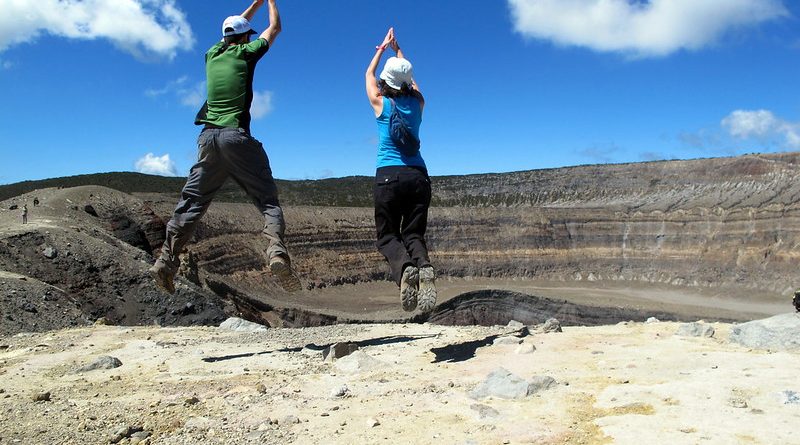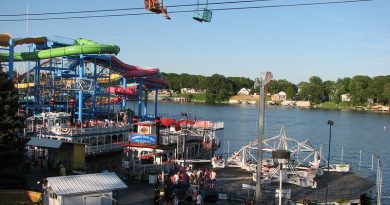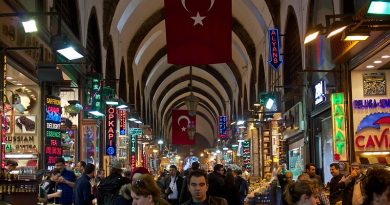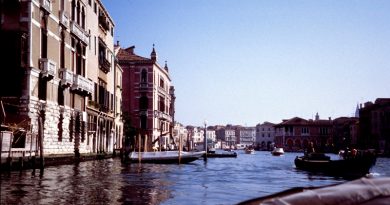Volcano Trekking in El Salvador
El Salvador’s land is 90% volcanic and is in constant threat of earthquakes and volcanic eruptions. There are 21 volcanoes in El Salvador, three of them still active.
Although today the volcanic landscape is the most turbulent feature of El Salvador, and the bloodshed of the civil war is long over, this is a country that still evokes images of the brutal armed conflict fought in the 80s.
Volcan Guazapa, a 4600 feet dormant volcano that is 50 kms north of San Salvador, was the guerrilla’s closest stronghold to the capital. It’s possible to take a horse trek up the volcano visiting sites associated with the civil war including bomb craters, ruins , trenches and cemeteries .
The country’s volcanic landscape in Western El Salvador is where you can trek to the top of the Santa Ana volcano, the country’s largest volcano that last erupted in 2005 killing two locals and forcing the evacuation of thousands. The 2381m volcano shot out rocks the size of cars and sent a cloud of smoke and ash almost 15km into the sky.
A 4km radius around the volcano was declared a ‘red alert’ zone where 2000 people were evacuated from the immediate area.
The eruption of the Santa Ana Volcano highlights a problem peculiar to countries like El Salvador. The slopes of volcanoes have rich volcanic soil and their high altitudes and cooler temperatures make them ideal for growing crops like coffee. So although restrictions on planting on the slopes of active volcanoes were imposed, within days of the eruption, workers were back at the fields, getting ready for the harvest just a month away.
Nowadays Volcanologists use infra red machines and computers to collect data and measure the amount of gases generated by the volcano. An increase in the amount of gases would mean more volcanic activity and another possible eruption.
At the top of the Santa Ana volcano, there are amazing views over crater lakes, cloud forest, coffee plantations and the Pacific Ocean.




